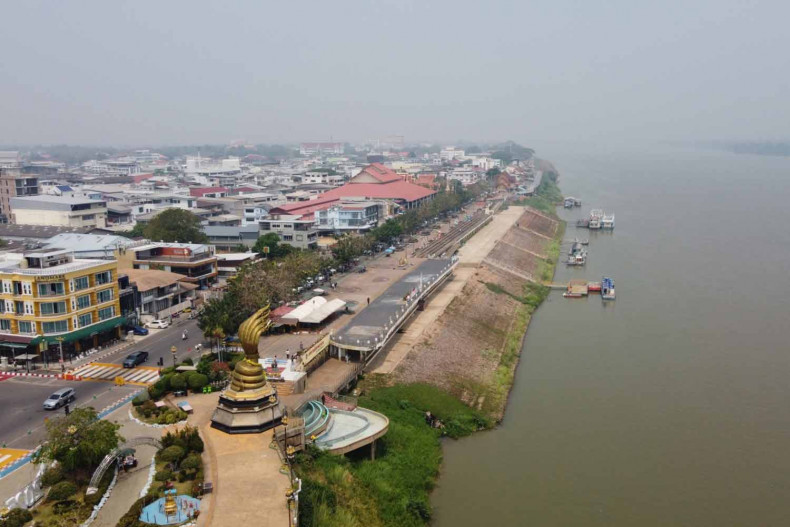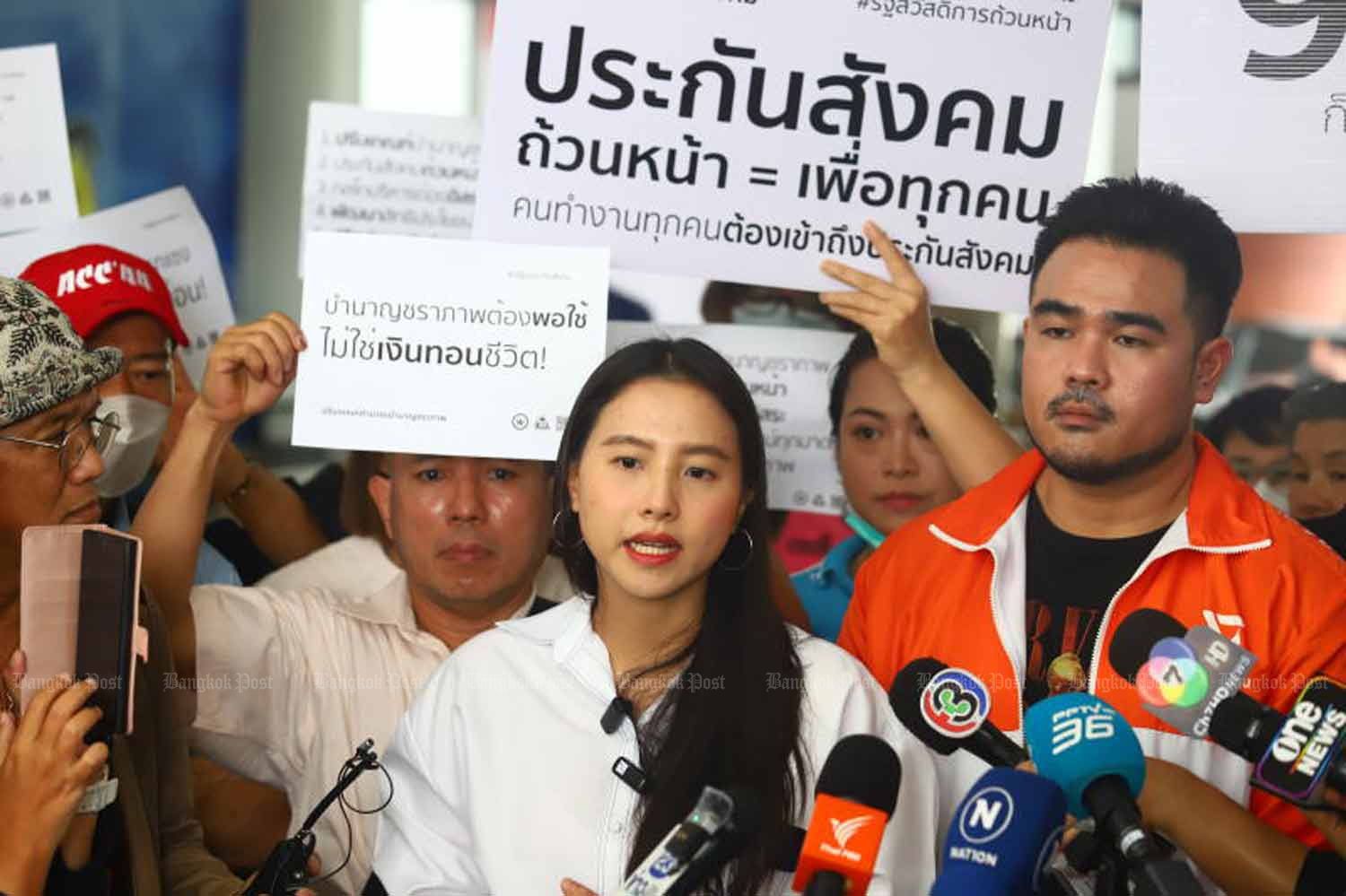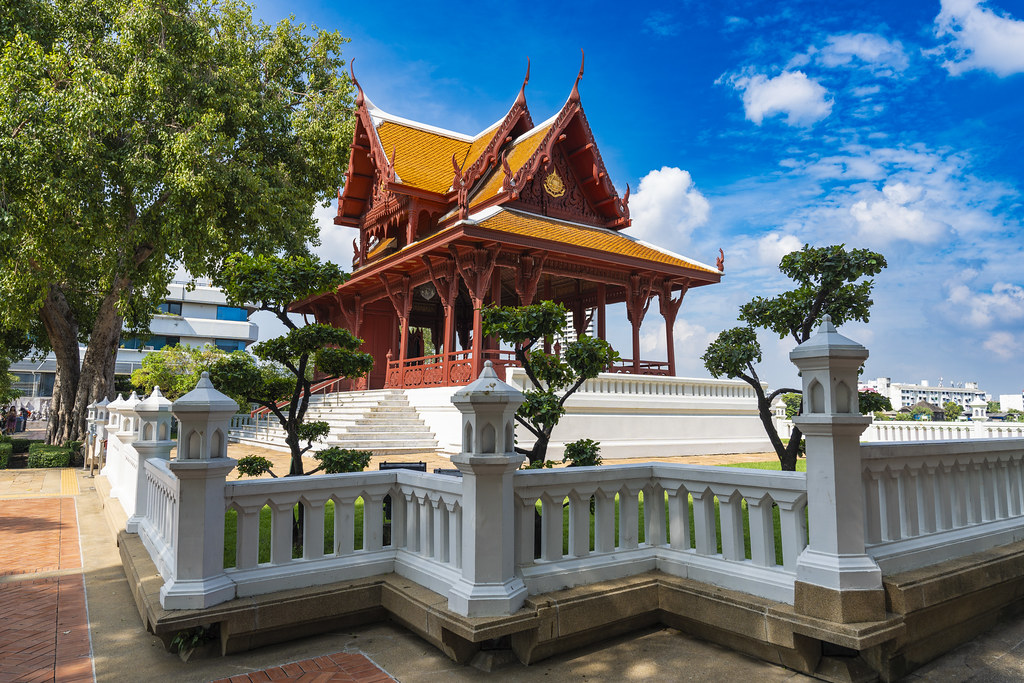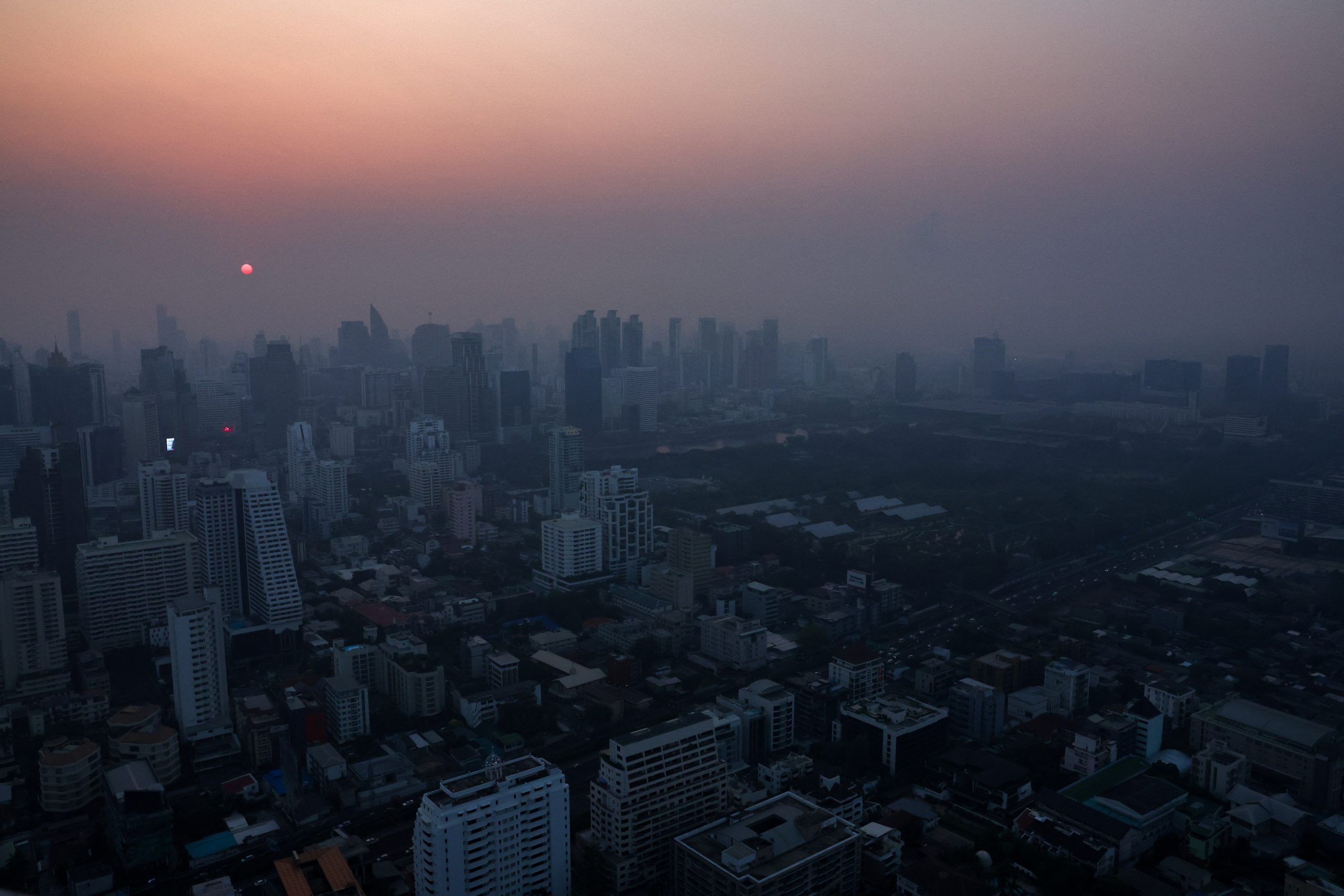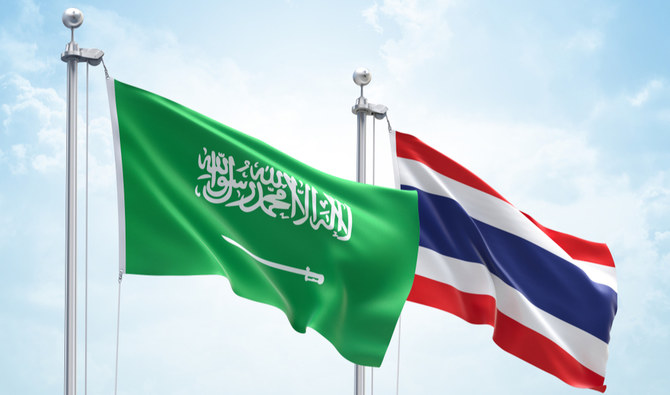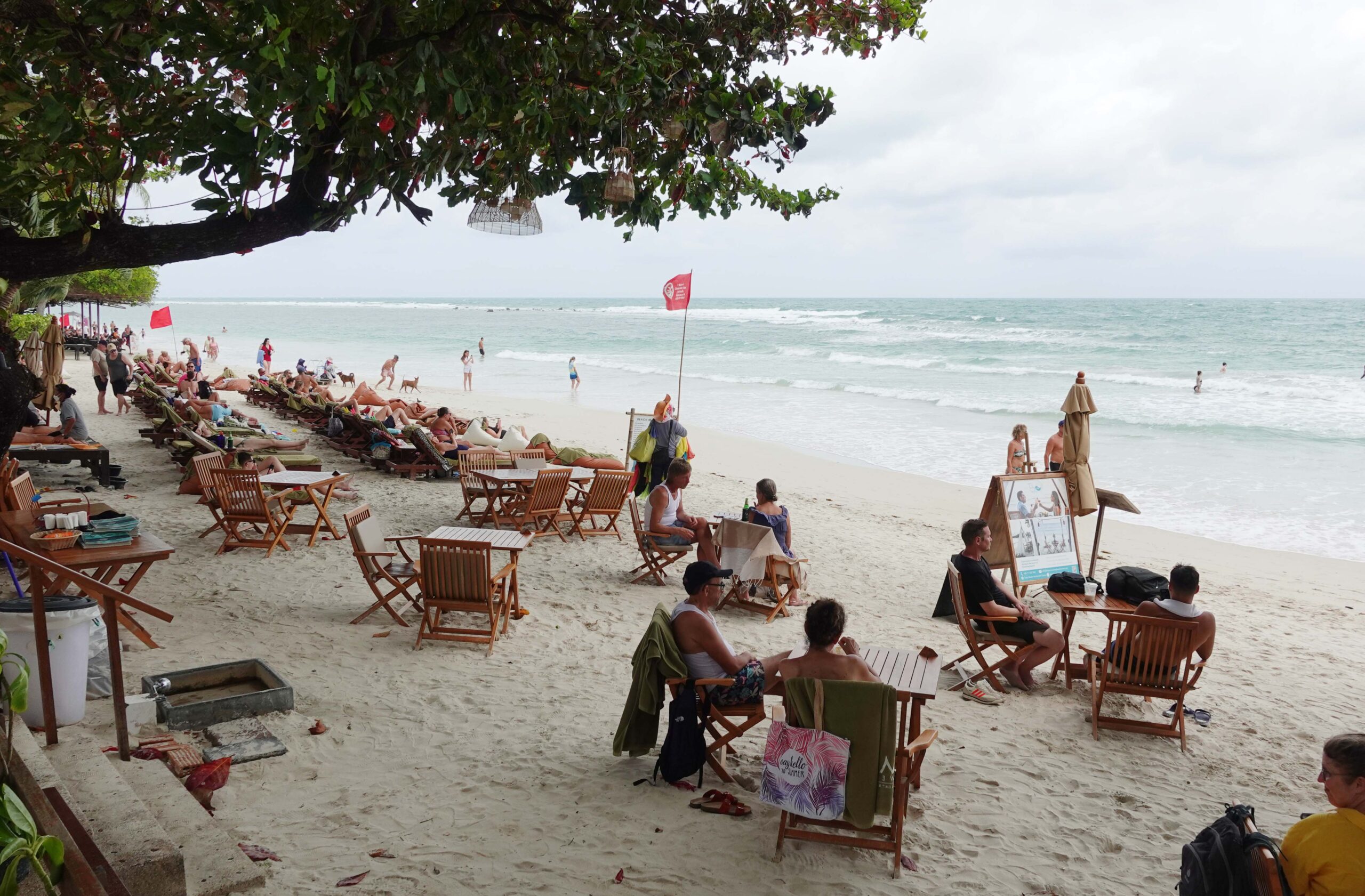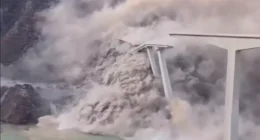Northern Thailand Faces Severe Air Pollution
PM2.5 Levels Soar in Mae Hong Son
The air quality crisis in Thailand has reached alarming levels, with the northern region experiencing particularly hazardous conditions. Mae Hong Son recorded the highest concentration of PM2.5 at 122.5μg/m3, far exceeding the government’s safe threshold of 37.5μg/m3. Other northern provinces, including Phayao, Nan, and Chiang Rai, also reported dangerous levels of ultrafine dust.
Northeastern Provinces Struggle with Poor Air Quality
Widespread Red-Level PM2.5 Concentrations
The northeastern region of Thailand is not faring much better, with numerous provinces reporting red-level PM2.5 concentrations. Nong Khai, Nakhon Phanom, and Udon Thani are among the affected areas, highlighting the widespread nature of the air quality crisis across the country.
Central Plains and Eastern Regions Also Affected
Orange-Level Air Quality in Multiple Provinces
The air quality issues extend beyond the northern and northeastern regions, affecting parts of the Central Plains and the East. Provinces such as Kanchanaburi, Rayong, and Sa Kaeo are experiencing orange-level PM2.5 concentrations, indicating that air quality is starting to affect health in these areas.
Bangkok and Surrounding Areas Show Moderate Air Quality
Capital Region Fares Better Than Northern Counterparts
While the situation remains critical in many parts of the country, Bangkok and 16 other provinces reported moderate air quality. PM2.5 levels in these areas ranged from 25.3 to 37.5 μg/m3, providing some relief to residents in the capital and its vicinity.
Southern Provinces Report Good Air Quality
Five Southern Regions Maintain Healthy Air Conditions
In contrast to the rest of the country, five southern provinces including Narathiwat, Phatthalung, and Songkhla reported good air quality. PM2.5 levels in these areas remained between 18.1 and 23.8μg/m3, demonstrating a significant disparity in air quality across different regions of Thailand.
Government Response to Air Quality Crisis
Measures Implemented to Combat Air Pollution
Thai authorities have announced plans to address the air quality crisis through various measures. These include using water sprays to settle dust and employing cloud seeding techniques to enhance precipitation. Prime Minister Paetongtarn Shinawatra has also called for discussions with ASEAN partners, acknowledging that some pollutants originate from neighboring countries.
